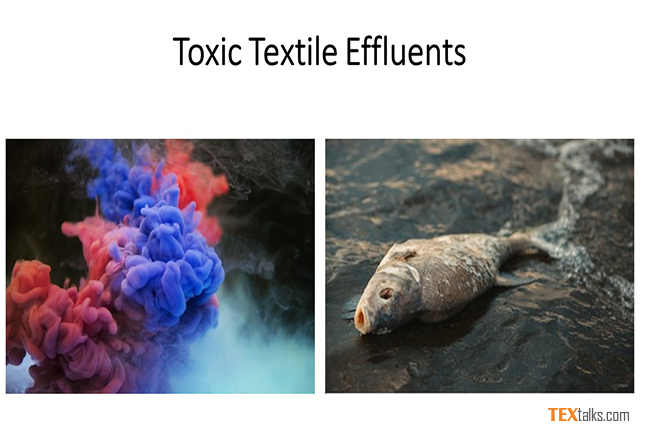Researchers have reported multiple adverse effects of textile effluents and reactive dye on aquatic life. Textile effluents are complex mixtures of different dyes, surfactants, salts, and peroxides, which are usually toxic to aquatic ecosystems and contribute to necessary changes to water quality, decreasing dissolved oxygen and severely affecting the dynamics of the ecosystem of the receiving water bodies. Reactive azo dyes are the most used in dyeing cotton in the effluent, accounting for >70% of the global industrial demand, 9 million tons approximately.
The effect of textile effluent samples and reactive Red 239 dye on aquatic organisms Vibrio fischeri bacteria, Daphnia similis crustacean, and Biomphalaria glabrata snail (adults and embryos) were studied. The high acute toxicity level of textile effluents and sublethal effects, such as body length increased to D. similis and malformation in B. glabrata embryos exposed to effluent samples. Regarding the results of textile effluent samples, the acute toxicity results displayed high toxicity levels for assessed organisms.
Different effects were observed in survival, body length, and reproduction on D. similis exposed for 21 days to the effluent samples. The survival (parental organisms) (%) was lower with the increase in effluent concentration, and with 5% concentration, 100% of mortality was observed. Therefore, the textile industries need to treat the effluent before discarding it to the environment.



